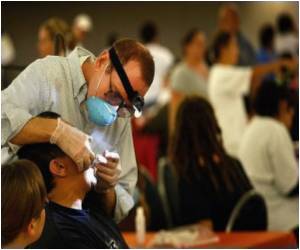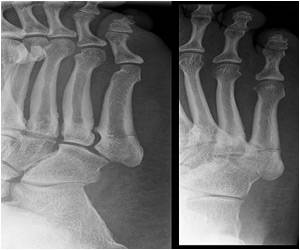Dental X-rays can predict people at risk of fractures, shows study from researchers at the Sahlgrenska Academy reported in the journal Nature Reviews Endocrinology.

X-rays investigates bone structure
The Gothenburg researchers have now taken this a step further with a new study that shows that it is possible to use dental X-rays to investigate the bone structure in the lower jaw, and so predict who is at greater risk of fractures in the future. Published in the journal Bone, the results were also mentioned in both Nature Reviews Endocrinology and the Wall Street Journal.
Linked to risk of fractures
"We've seen that sparse bone structure in the lower jaw in mid-life is directly linked to the risk of fractures in other parts of the body, later in life,"says Lauren Lissner, a researcher at the Institute of Medicine at the Sahlgrenska Academy.
Study started 1968
Advertisement
For the first 12 years fractures were self-reported during followup examinations. It is only since the 1980s that it has been possible to use medical registers to identify fractures. A total of 222 fractures were identified during the whole observation period.
Advertisement
The study shows that the bone structure of the jaw was sparse in around 20% of the women aged 38-54 when the first examination was carried out, and that these women were at significantly greater risk of fractures.
The study also shows that the older the person, the stronger the link between sparse bone structure in the jaw and fractures in other parts of the body.
Applies for both sexes
Although the study was carried out on women, the researchers believe that the link also applies for men.
"Dental X-rays contain lots of information on bone structure," says Grethe Jonasson, the researcher at the Research Centre of the Public Dental Service in Västra Götaland who initiated the fractures study. "By analysing these images, dentists can identify people who are at greater risk of fractures long before the first fracture occurs."
Source-Eurekalert











